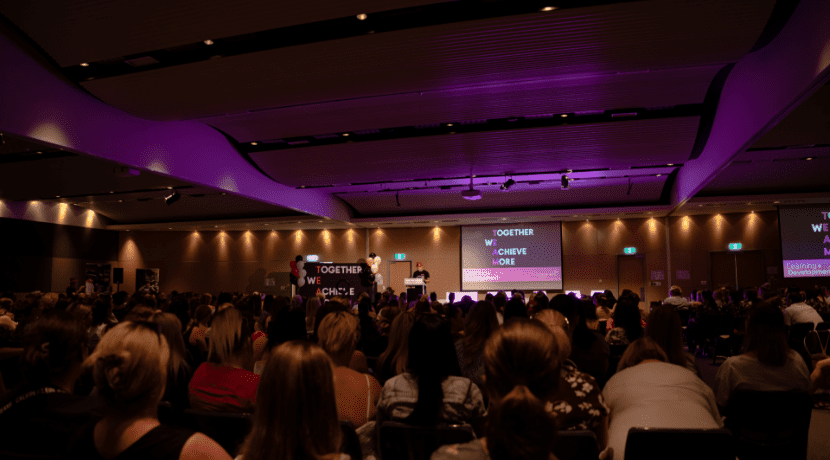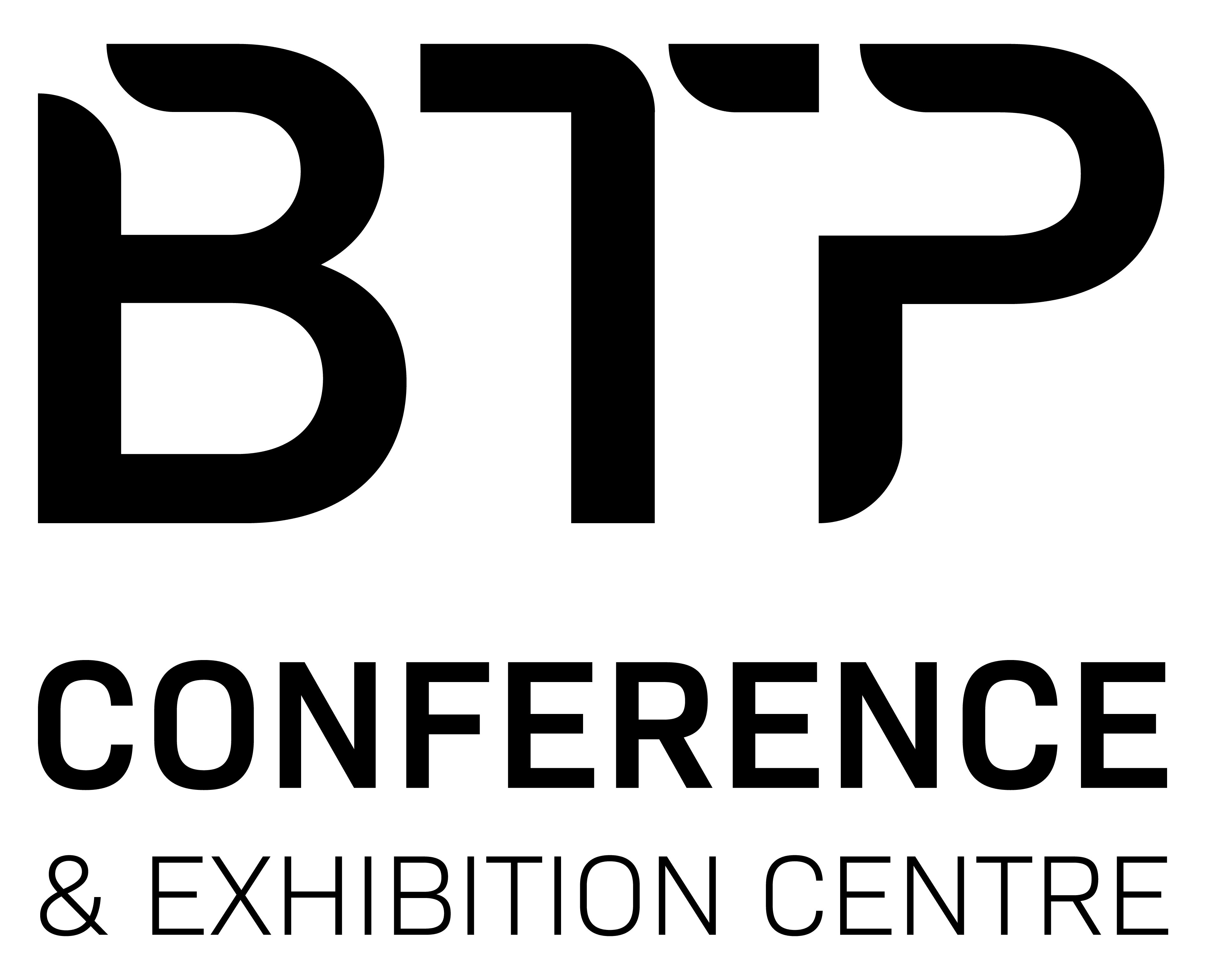Are Trade Shows Worth it?
For many businesses, trade shows are one of the highlights of the year. But are the expense, time, and effort worth it? Marketing executives and CEOs often ask that question when each show comes around.
From indicating your intention to have an exhibition at a trade show through to following up on leads post-show, there are many steps to be taken. Add to that the hours put in by your sales team and serious money spent, and you understandably want to know whether you should participate. Analysing the success of a trade show can be a challenge due to the multi-activity nature of exhibiting and the sheer time it takes from start to finish.
Trade show success is not a simple matter of turning up, expecting to make sales and getting contracts signed – measuring how well your company has performed at each show relies on goal-setting and planning. When used in conjunction with other marketing strategies, exhibiting at a trade show can help build brand awareness, generate qualified leads, make sales, and strengthen your network.
You might have a restricted marketing plan and so you need to make sure the costs of the exhibit are worth it.

Why are You Exhibiting at a Trade Show?
Before all the planning, promoting, and booth construction, you need to know your Why. In other words, what does a successful trade show look like to you?
To effectively analyse how successful your exhibit is, you need to know what it is you want to achieve.
Do you want to increase daily sales or increase future orders? Is your main goal to boost your brand awareness? Maybe your objective is to build your network and generate leads.
If you are new to the market, your goals may be pursuing buyer and distributor prospects and establishing your network. If you’re already an established business, you’re likely to be more interested in monitoring your competition and building on your existing network.
Whatever your goals, it’s essential to have a clear idea of what you want to achieve at the trade show. Identifying clear sale and marketing goals allows you to set measurable targets, which in turn helps you to effectively analyse trade show success.


Using Your Website to Analyse Trade Show Performance
Your website is a tool that, when used strategically, can help track your success at trade shows. An effective and relatively simple tactic is to create a dedicated trade show landing page. Not only can you use it to advertise your upcoming exhibit, but it also allows you to gauge interest beforehand, and you’ll have data from website traffic generated after the event.
Planning your lead page with your goals clearly in mind will help draw in a bigger lead pool and will help you track its effectiveness.
Measuring Social Media Reach at Trade Shows
Social media plays a huge part in rating the effectiveness of a trade show exhibit. LinkedIn, Facebook, Instagram, and Twitter can all be used to identify, target, and attract foot traffic to your booth. And, like your website, they can be used to track your performance at the show.
Keep track of how your social media platforms perform before, during, and after the trade show. You can use social media as a valuable tool to determine what worked for you and what didn’t, and then you can use this information to improve.
Hashtags are a great way to create interest and track engagement, so be sure to make use of them when trade show time comes around.
It’s important to note that social media is most effective when your company interacts with user engagement. Whenever someone likes, shares, retweets, or posts a hashtag, make sure to respond.

New Leads and Opportunities for Sale
Attracting potential buyers and growing your leads database are two major goals of the trade show. With the sale cycle spanning anything from months to years, depending on the industry, encouraging inbound inquiries is a vital task. Onsite meetings are not enough to generate qualified leads, it takes some careful pre-show planning and actions.
As mentioned earlier, you can identify who’s going to the event through engagement with your social media and on your website. Identifying your ideal prospect ahead of time and inviting them to your trade show is another way to track engagement.
A top tip is to have an effective system for collecting prospect information. By logging information in an analysis tool, you can keep track of how many leads your booth generated. Some popular applications include Hubspot Salesforce Pardot, Arctic PinPoint ONTRAPORT, and Infusionsoft. These systems also give you the benefit of noting which prospects are new, and allow you to track the success in gaining new leads at the trade show.


Follow Up Trade Show Prospects
Follow-up actions, and more importantly, the timing of the follow-up, are crucial for tracking efficacy. Whether your goal is to boost sales, increase brand awareness, or generate leads, then acting on the interactions you had during the trade show is essential for a successful event.
As part of your pre-show planning, create follow-up outbound emails ready to send in the weeks following the trade show. Make them easy to personalise where appropriate, and send them to everyone who filled out a contact form, interacted with your social media posts or website, or exchanged business cards.
Even if they aren’t looking to purchase something or make an order, a well-timed follow-up email may well put you ahead of your competitors. The response, or lack thereof, to these emails, will help you quickly gauge how effective your onsite meetings were at securing leads.
Build Market Awareness
Expanding on your own understanding of what’s happening in your industry is something you need to factor in to how you evaluate trade show success.
Current trends, who’s changed jobs, new tech: it’s all useful information that can help you improve your own business. Showing up at such an event gives you an accurate snapshot of the overall health of your industry. It’s a social event as well as a business one and allows you to gather valuable market intelligence that’s hard to find elsewhere.
For example, long sale cycles may mean your contact in a company has moved on to a new job. Trade shows are an effective way to ensure an ongoing relationship with that business.
For businesses just starting out, it’s an opportunity to get a feel for where you stand in the hierarchy. For new and established companies alike, it’s your chance to size up the competition and strengthen your network and market position.
Another important method of judging success is through what you can learn about your industry. Someone is always doing something better than you. Simply walk around, look at other exhibits, and gain insight into what you can improve on.

Building Brand Awareness at Trade Shows
Another way to justify the cost of an exhibit is to see it as a brand-building mission. For many businesses, being seen and boosting brand awareness is the main goal for exhibiting. Trade shows are one of the most effective methods for showing your target market and the industry in general who you are and what you do. It’s about creating a buzz around your brand, so use those social media channels and give the people a reason to visit your booth. Analysing how people engage with your website and social media will show you how responsive they are to your brand.



